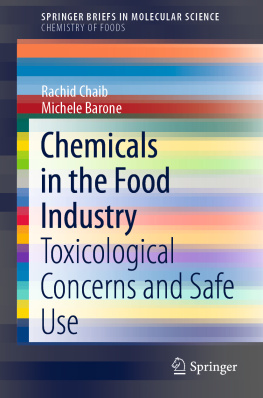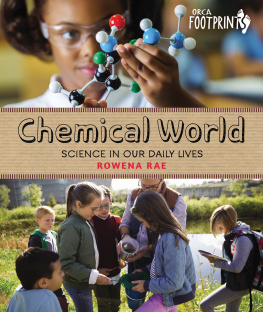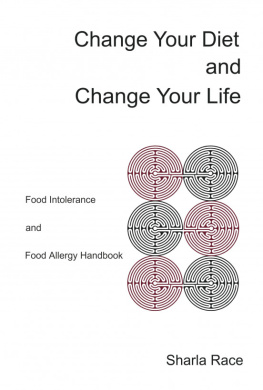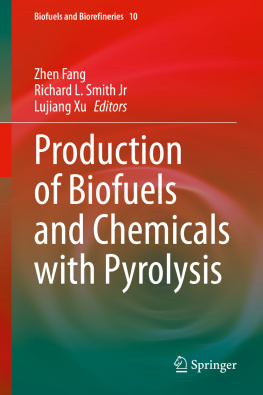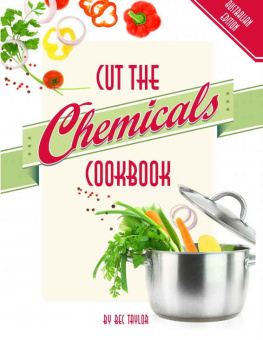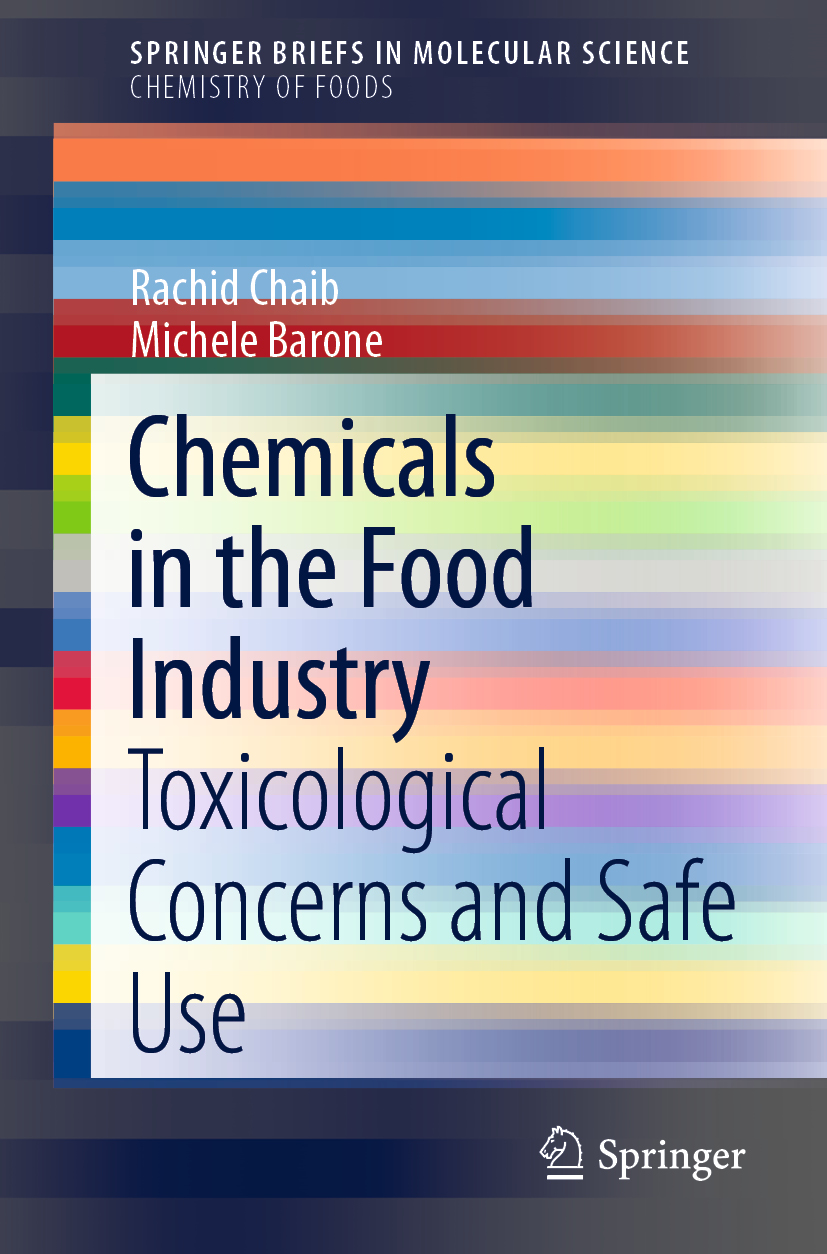SpringerBriefs in Molecular Science Chemistry of Foods
Series Editor
Salvatore Parisi
Al-Balqa Applied University, Al-Salt, Jordan
The series Springer Briefs in Molecular Science: Chemistry of Foods presents compact topical volumes in the area of food chemistry. The series has a clear focus on the chemistry and chemical aspects of foods, topics such as the physics or biology of foods are not part of its scope. The Briefs volumes in the series aim at presenting chemical background information or an introduction and clear-cut overview on the chemistry related to specific topics in this area. Typical topics thus include:
Compound classes in foodstheir chemistry and properties with respect to the foods (e.g. sugars, proteins, fats, minerals, )
Contaminants and additives in foodstheir chemistry and chemical transformations
Chemical analysis and monitoring of foods
Chemical transformations in foods, evolution and alterations of chemicals in foods, interactions between food and its packaging materials, chemical aspects of the food production processes
Chemistry and the food industryfrom safety protocols to modern food production
The treated subjects will particularly appeal to professionals and researchers concerned with food chemistry. Many volume topics address professionals and current problems in the food industry, but will also be interesting for readers generally concerned with the chemistry of foods. With the unique format and character of SpringerBriefs (50 to 125 pages), the volumes are compact and easily digestible. Briefs allow authors to present their ideas and readers to absorb them with minimal time investment. Briefs will be published as part of Springers eBook collection, with millions of users worldwide. In addition, Briefs will be available for individual print and electronic purchase. Briefs are characterized by fast, global electronic dissemination, standard publishing contracts, easy-to-use manuscript preparation and formatting guidelines, and expedited production schedules.
Both solicited and unsolicited manuscripts focusing on food chemistry are considered for publication in this series. Submitted manuscripts will be reviewed and decided by the series editor, Prof. Dr. Salvatore Parisi.
To submit a proposal or request further information, please contact Tanja Weyandt, Publishing Editor, via tanja.weyandt@springer.com or Prof. Dr. Salvatore Parisi, Book Series Editor, via drparisi@inwind.it or drsalparisi5@gmail.com
More information about this subseries at http://www.springer.com/series/11853
Rachid Chaib and Michele Barone
Chemicals in the Food Industry
Toxicological Concerns and Safe Use
Rachid Chaib
Department of Transport Engineering, University of Constantine 1, Constantine, Algeria
Michele Barone
Associazione Componiamo il Futuro (CO.I.F.) Palermo, Palermo, Italy
ISSN 2191-5407 e-ISSN 2191-5415
SpringerBriefs in Molecular Science
ISSN 2199-689X e-ISSN 2199-7209
Chemistry of Foods
ISBN 978-3-030-42942-3 e-ISBN 978-3-030-42943-0
https://doi.org/10.1007/978-3-030-42943-0
The Author(s), under exclusive license to Springer Nature Switzerland AG 2020
This work is subject to copyright. All rights are solely and exclusively licensed by the Publisher, whether the whole or part of the material is concerned, specifically the rights of translation, reprinting, reuse of illustrations, recitation, broadcasting, reproduction on microfilms or in any other physical way, and transmission or information storage and retrieval, electronic adaptation, computer software, or by similar or dissimilar methodology now known or hereafter developed.
The use of general descriptive names, registered names, trademarks, service marks, etc. in this publication does not imply, even in the absence of a specific statement, that such names are exempt from the relevant protective laws and regulations and therefore free for general use.
The publisher, the authors and the editors are safe to assume that the advice and information in this book are believed to be true and accurate at the date of publication. Neither the publisher nor the authors or the editors give a warranty, expressed or implied, with respect to the material contained herein or for any errors or omissions that may have been made. The publisher remains neutral with regard to jurisdictional claims in published maps and institutional affiliations.
This Springer imprint is published by the registered company Springer Nature Switzerland AG
The registered company address is: Gewerbestrasse 11, 6330 Cham, Switzerland
To my Mother
You have always been able to transmit to me all the moral and human values that you believe in: justice, perseverance, rigor, self-giving, love. You have always passed our happiness before yours; your courage in difficult times is exemplary.
To my Wife
I draw on your trust and your love my daily motivation; thank you for allowing me to build this wonderful path by your side and all the proofs of affection that you carry me daily.
In memory of my Father
Prof. Rachid Chaib
Preface
Chemicals are essential for the production of a large number of industrial goods. Many industrial sectors use chemicals (cleaning, degreasing, paints, inks, adhesives, foods, photocopiers, cleaning products, etc.). These substances gradually invade the environment and many aspects of our life. It is through these products that millions of people can produce and consume goods necessary for life. Unfortunately, raising concerns about their effects on health and the environment are emerged. Poorly used, without basic or special precautions, many of these chemicals can become dangerous and sometimes cause great accidents and serious diseases. More than 33 % of employees in the general industry, including food and beverage articles, are exposed to at least one chemical product during their work. Rejected into nature without precautions or treatments, chemicals pollute the environment and break the natural balance for the development of life on earth, in water and air.
Some of these substances can have significant adverse effects on the environment and health, even at low doses. Other products also raise concerns because of their persistence in environments, difficulty of measuring them, and the lack of knowledge of their environmental and health impacts on a long-term scale. They can also be emitted as dust, gas, vapors, and their presence can then be unsuspected resulting in more serious injuries and/or material damages. It should also be noted that occupational cancers cause a mortality rate higher than that caused by occupational accidents: The multiplication of used chemicals and the complexity of industrial processes therefore really require increased vigilance regarding the carcinogenic risk they induce. Food industries are not an exception. Cancer is now the leading cause of death in industrialized countries. Respiratory cancers are the most frequent occupational cancers: Cancers attributable to asbestos, benzene, ionising radiations, and wood dust alone account for nearly 90% of work-related cancers. However, these diseases often take several decades to develop after exposure; their link with work is therefore not always easy to establish. Employers and workers must be able to protect themselves from carcinogens. In this respect, chemicals play a central role in health and safety at work. Therefore, the consideration of health issues at work can be an opportunity to change the medium-term performance of all areas of industries; on the other hand, failure to take these issues into account may penalize companies in future years.

